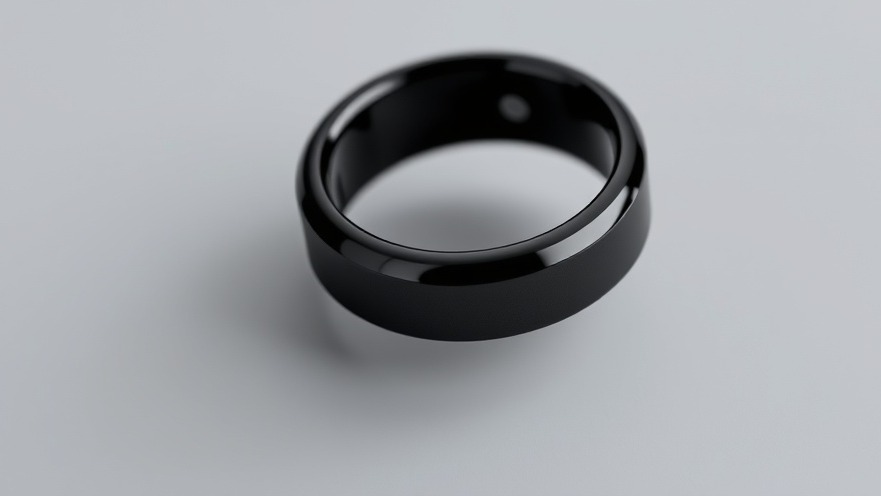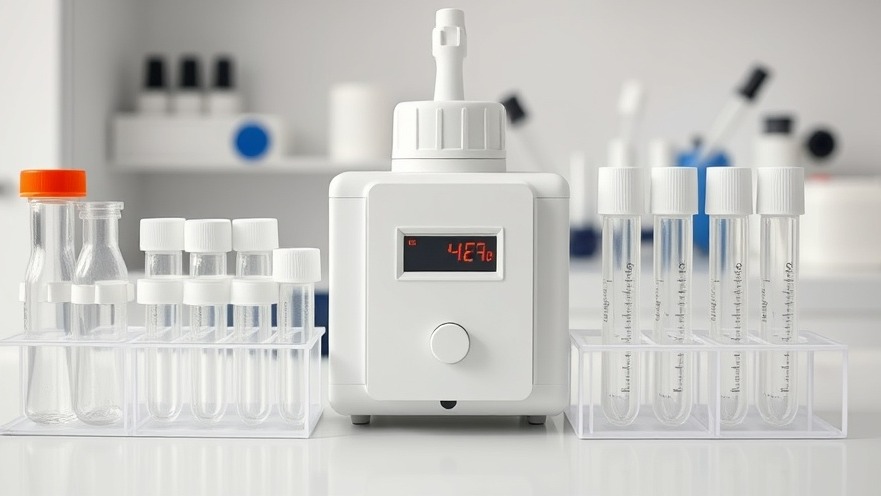
Telehealth 2.0: Transforming Digital Health for Patients and Providers
The COVID-19 pandemic acted as a catalyst for telehealth, ushering in a new era of remote patient care. However, as the dust settles, many healthcare practitioners are left wondering how to evolve their practice within this shifting landscape. The initial excitement for telehealth has diminished, and patients are clamoring for more robust solutions that match their growing expectations.
The Evolution of Healthtech: Why Change is Necessary
Recent surveys indicate that 42% of U.S. patients struggle to find high-quality healthcare providers, battling issues like long wait times and complicated appointment scheduling. These frustrations have only intensified as many Americans grapple with both physical and mental health challenges. The telehealth services that flourished in 2020 have not kept pace with what patients consider a desirable experience. As a result, healthcare must undergo a digital transformation to meet patients' modern expectations.
Addressing Patient Expectations: The Gaps in Current Telehealth
Patients are increasingly dissatisfied with the fragmented systems in place. They face a myriad of apps and platforms that complicate rather than simplify their healthcare journey. This is not due to a lack of demand for high-quality health solutions; instead, the slow adoption of advanced technologies—seen in industries like finance—has left healthcare lagging behind. The challenge lies in streamlining the entire patient experience by integrating these high-tech innovations into telehealth services.
Leveraging Next-Gen Technologies: What’s on the Horizon?
The next wave of telehealth will be powered by technologies such as artificial intelligence (AI), augmented reality (AR), and the burgeoning Internet of Medical Things (IoMT). These tools hold the potential to reshape how practitioners deliver healthcare, enhancing both efficacy and patient satisfaction. By adopting these next-gen technologies, health practitioners can pave the way for a genuinely integrated care experience.
The Internet of Medical Things (IoMT): A Game Changer
The IoMT represents a collective movement towards connectivity among medical devices. By aggregating health data from wearables like the Apple Watch or Fitbit, practitioners can offer a more holistic view of their patients’ health. This increased data accessibility not only empowers patients by engaging them in their health but also equips providers with invaluable insights that enrich patient interactions. By leveraging IoMT, healthcare practitioners can create a seamless digital experience, enabling smarter and more effective care.
The Role of Gaming in Healthcare Training and Treatment
Surprisingly, gaming is carving out a niche in healthtech that can’t be overlooked. Mobile gaming offers a novel approach for health professionals, serving as a medium for both training and patient treatment. Healthcare teams can simulate scenarios to practice procedures and familiarize themselves with new devices before applying them in real-life situations. Additionally, gaming can aid in engaging patients in their treatment plans, particularly for mental health and rehab therapies.
Why Digital Transformation Matters for You
For concierge health practitioners, understanding these shifting tech trends is essential in securing a competitive edge. Embracing telehealth 2.0 not only enhances patient care but also solidifies your standing in the community. As healthcare converges with technology, remaining attuned to these innovations will enable you to adapt and thrive in an evolving landscape.
Conclusion: The Future of Telehealth
Telehealth 2.0 is not merely an upgrade; it’s a vital transformation necessary for meeting the needs of today’s healthcare landscape. By being proactive in adopting cutting-edge technologies, practitioners can enhance patient experiences significantly, reduce operational inefficiencies, and stay ahead in an increasingly competitive market. As we stand on the brink of this new era, the integration of innovative tech solutions will undoubtedly shape the future of healthcare delivery.
 Add Row
Add Row  Add
Add 






Write A Comment